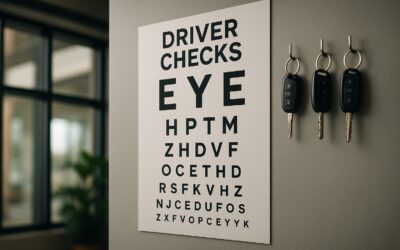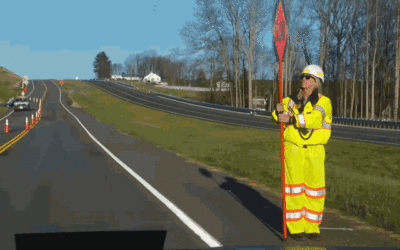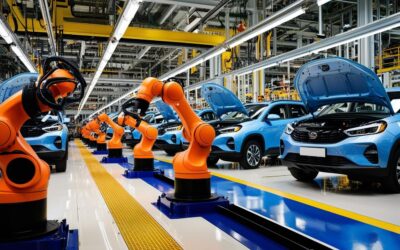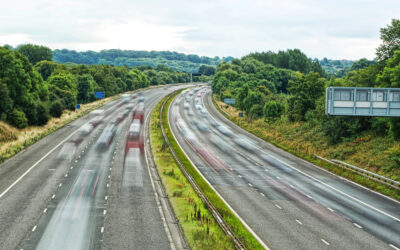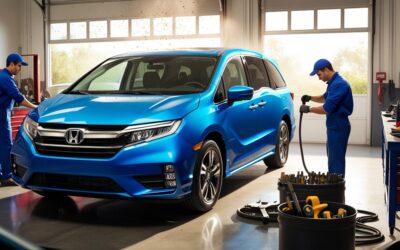Could John Lewis’ new electric vans provide the blueprint for other van fleets to follow?

Last week, we highlighted the new compact depot charging solution from Hitachi ABB Power Grids; yet another example of the way in which fleets are changing, as a result of the need to move away from traditional fossil fuels.
It’s fair to say that right now this is THE hot topic in the industry, with the clock ticking towards 2050 and the net zero emissions target.
And as usual, close eyes are being kept on industry leaders in a bid to understand how we move from the position we’re in to a more sustainable one.
This week, the John Lewis partnership showed their hand, announcing plans to increase the use of electric vans for both John Lewis and Waitrose deliveries.
The partnership have already pledged to end the use of fossil fuels across their fleet by 2030, and this latest announcement is a major step towards that, with the thinking that 20,000 tonnes of CO2 will be saved every year these new vans are on the road.
Less vans, more room
One major feature of the new vans is the increased capacity. The idea is that two electric vans could replace three diesel vans, which may well be more cost-effective, not just in terms of fuel saved as a result of going electric, but also when it comes to running costs.
It’s too early to tell, but it may be that this provides something of a blueprint for other delivery fleets that use smaller vans, and could potentially reduce the number of vehicles whilst keeping the same level of delivery capacity.
Are electric vans now a worthwhile option?
Range has been the major sticking point getting in the way of firms switching to electric vans – we all know that a single charge simply won’t get you as far as a full tank of fuel.
What isn’t clear is whether John Lewis have come up with a solution to this issue, but what we do know is that the two new designs that will be hitting roads in 2021 are brand new, which suggests that they could well feature a superior range to other models currently on the market.
In addition, plans are afoot for a significant increase of electrical vehicle charging points in John Lewis and Waitrose car parks, so some deliveries that come direct from stores could be fulfilled by vehicles making shorter journeys and charging in between.
Is the technology there?
Fleet operators will be watching John Lewis’ progress with interest, as their success or failure could well have implications for how other fleets decide to go about achieving net zero emissions.
One major question mark is whether the technology is currently at the level where fleets can continue to operate in their normal way, or whether major changes to process and procedure are needed in order to accommodate a more environmentally friendly approach.
If you’re a fleet operator or manager, we’d love to get your thoughts on the matter, and whether you think John Lewis’ latest announcement is good news for fleets overall – pop us a comment in the box below!

